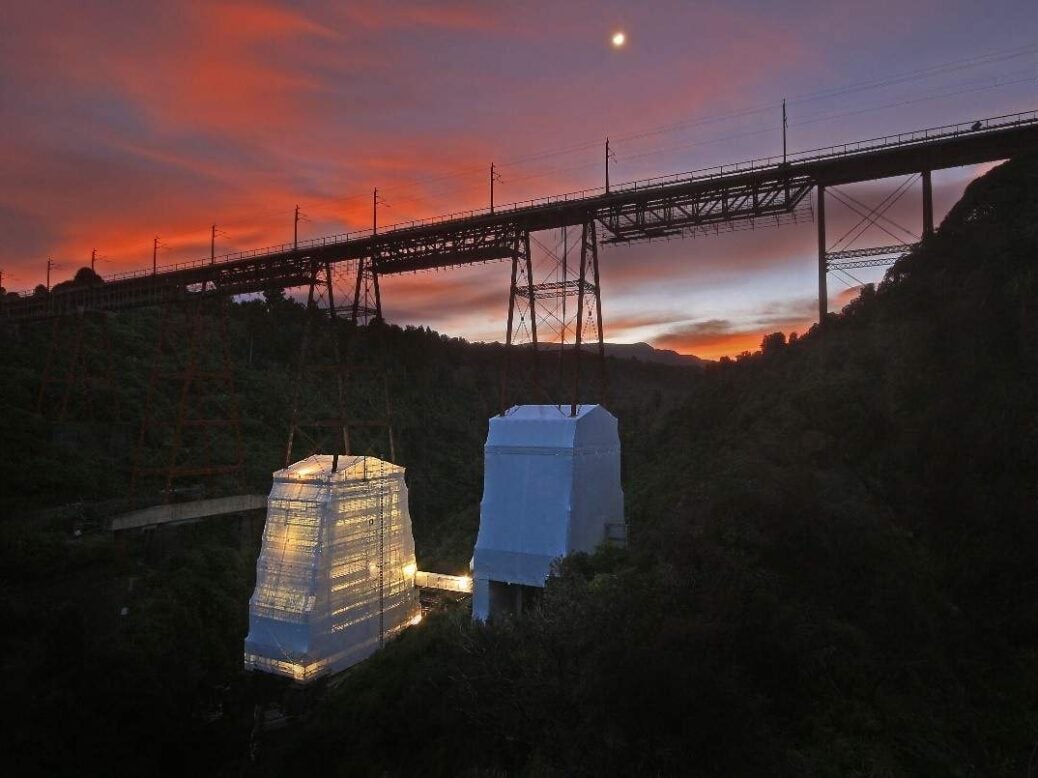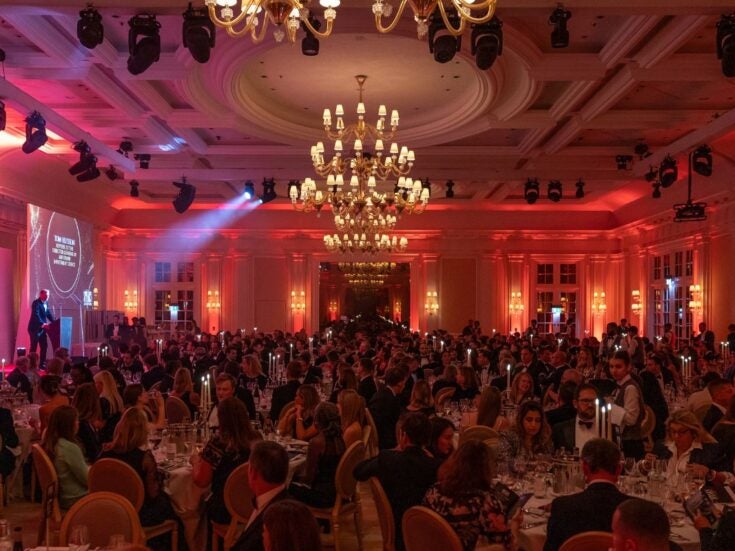
Structural engineers – those ‘unsung heroes’ of global infrastructure – are being celebrated in an awards which this year marks its 50 anniversary, writes Emelia Hamilton-Russell
They have about most boring name possible, but the 2017 Structural Awards – marking their 50th anniversary this year – are anything but. That the prestigious accolades are bestowed by the even more excitingly named Institute of Structural Engineers doesn’t do much to help: but as the gallery of images makes clear – they showcase of some of the world’s most fantastic feats of engineering.

From Adele’s Stage for her 25 Album tour (a mega stage the size of a home-counties mansion that can be put up and dismantled in a day, pictured above) to the Amesbury School Visual Arts Centre (an airy, contemporary studio with a tree growing up the middle of the structure, pictured below), this year’s shortlist of ground-breaking projects offers a glimpse into a world of buildings, bridges and landmarks that stretch way beyond the ordinary. Not for nothing has the Institution’s chief executive, Martin Powell called structural engineers the ‘unsung heroes’ of the world’s architectural phenomena.

And this year’s 47 nominations are the pick of the bunch. Professor David Nethercot, the chairman of the judge’s panel, is reluctant to isolate favourites, but confesses to being ‘excited’ about the humanitarian potential of a particular project in Southern New Zealand – the Makatote railway viaduct. It’s a renovation of a railway built in the early part of the last century. The initial plan was to tear the whole thing down and build a new railway, but when the engineers arrived to inspect the site, they realised that they could reclaim the original, reinforcing it to support heavier trains with no interruption to the rail traffic. ‘It’s particularly pleasing to get things of that sort,’ Nethercot enthuses. ‘Not only is it clever engineering, but it’s also a sensitive project and it’s obviously going to have huge benefits for the community.’
Unsurprisingly the awards, though undoubtedly global, have a UK bias, with 27 British structures shortlisted.

One of the stand-out UK nominations from this year’s list is the ‘The Crow’s Nest’ (pictured above and below) – a dramatic holiday home on the clifftops of Dorset’s Jurassic coast. Nestled at the base of a slope, the site is within an active landslip zone and the original building had experienced irreparable damage through repeated, severe ground movements. The alternative to clever engineering was that the site would have been abandoned. The ingenuity of the engineering involved means that the structure will accommodate the movement of the land, with minimal damage to the main structure. ‘The amazing thing is that it will remain serviceable even in the event of a landslip,’ adds Nethercot. The Crow’s Nest, he believes, is the perfect illustration of the value of good structural engineering: ‘It has turned a non-viable project into a very attractive feature,’ he says.

And that’s really the point: a structural engineer works at the intersection of style and substance. Alongside architects and designers, a structural engineer creates edifices that not only look iconic, but are also fit for purpose. In the Instagram age, it’s heartening to know that for some areas at least, appearances aren’t everything.
The winners of the 2017 Structural Awards will be announced on Friday 17 November 2017 at The Brewery, London
Emelia Hamilton-Russell is a researcher for Spear’s






